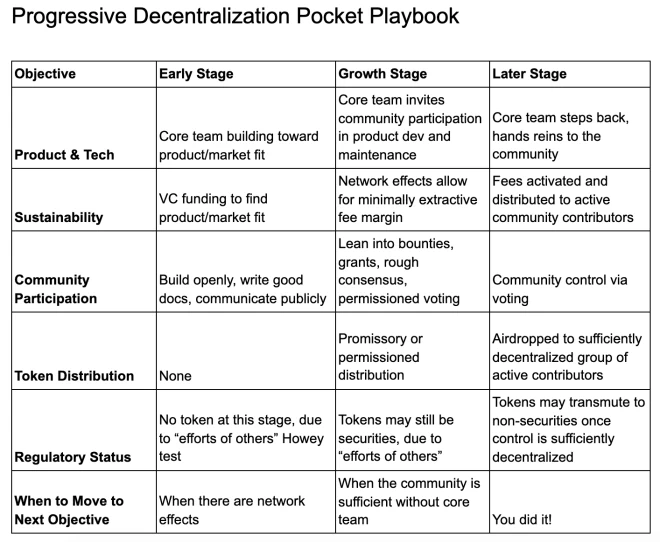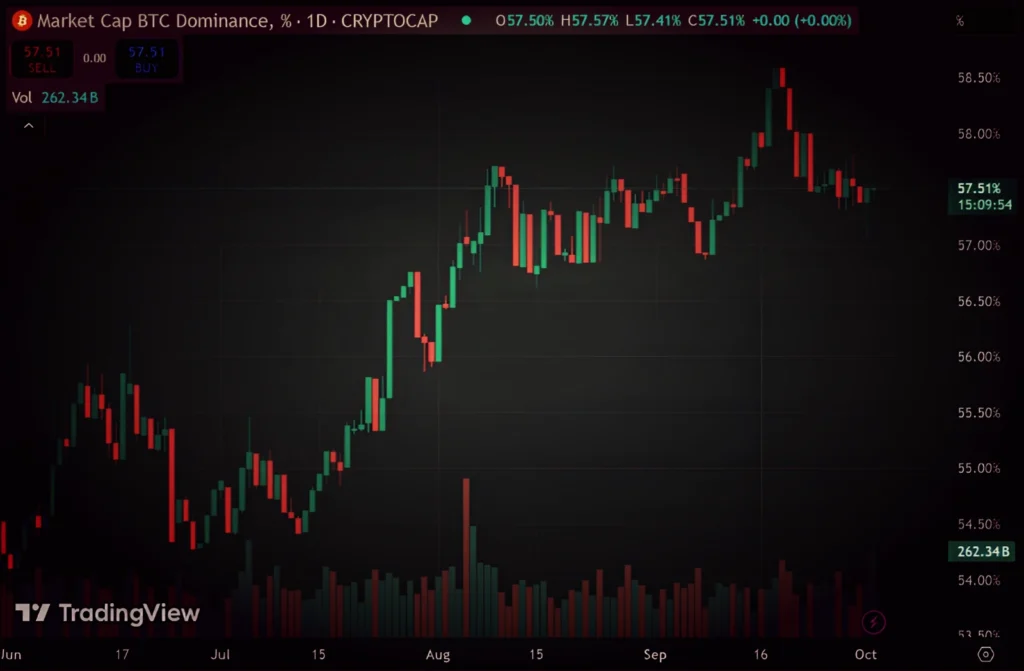Layer 2 (L2) solutions have been a crucial element of Ethereum’s ecosystem development plan, with airdrops fueling attention to them. However, a closer look at the data reveals that this strategy may not be as effective as previously thought. We studied the statistics of four leading L2 projects and found that the hype surrounding L2 solutions may be masking a more sinister reality.
The Rise of L2 Solutions
In 2021, Ethereum founder Vitalik Buterin and venture capital funds Pantera Capital and Andreessen Horowitz (a16z) collaborated to create a network effect for L2 development. This led to a surge in L2 blockchain launches, coinciding with the trend of airdrops as a form of token release. Buterin’s technical and theoretical justification for L2 development, combined with a16z’s guidance on avoiding regulation and “cashing out” without selling tokens to the general public, created a perfect storm for L2 adoption.
In a simplified version, the main stages included early financing and centralized management by the project team only. The next task was to create network effects and attract the community to both develop and exploit L2. Retrodrops came to the rescue – the pursuit of profit by users created the necessary informational background for the token launch.

The problem is that retrodrops turned out to be artificial network activity aimed at maximizing profits with subsequent exit from the project. Perhaps this is due to the level of technology adoption, limited by speculation. On the other hand, the segment has become too competitive, erasing any, even the most powerful, network effects.
As the authors of the Fidelity report noted, the L2 market is oversaturated, and the ways to create value for their governance tokens are quite uncertain.
“L2 tokens are not even basic money in their own ecosystems,” the analysts wrote.
Although experts saw potential growth in the sector to $1 trillion by 2030, they pointed out that the market simply cannot accommodate so many protocols.
According to L2Beat, as of mid-September, around 80 L2 networks are operational, with just as many preparing to launch soon. There are over 50 projects with their own token, with a total capitalization approaching $18 billion.
The Challenges of Sustaining Interest in L2 Tokens
The problem with L2 is that there are no universal means to maintain interest in the token after its release to the open market. However, there are problems with fundamental errors in forming the project’s tokenomics with an unreasonably high FDV at launch.
This practice involves a low number of tokens at the start, within a few percent, and a gradual increase in supply over several years.
According to Binance Research, by 2030, tokens worth around $150 billion will be unlocked, creating enormous pressure on prices.
Moreover, part of the active user base gathered during the retrodrop simply leaves the project. To solve the problem, attempts were made to create incentives through several seasons of airdrops, as Optimism did. But it soon became clear that users did not appreciate this strategy.
This is evident from the experience of the most well-known L2 solutions that entered the market through retrodrops: Optimism, Arbitrum, Starknet, and zkSync.
The main metric of community interest in L2 is not active addresses but deposits into the network from the main Ethereum blockchain. This is the main liquidity indicator for L2 solutions because it is the only source of capital that comes in the form of ETH coins.
The Airdrop Bubble Bursts
However, a closer examination of four leading L2 projects – Optimism, Arbitrum, Starknet, and zkSync – reveals a disturbing trend. The airdrop bubble, designed to create network effects and attract new users, has failed to deliver sustainable growth. Instead, it has created a bubble of artificial activity, driven by speculation and short-term gains.
Optimism
The graph below shows that the peak range of unique deposits into the network coincided with the airdrop in May 2022, which was around 2000 transactions per day. The indicator remained in this position for only a year and began to stagnate in April 2023. Currently, the number of deposits has decreased to several dozen per day.
Arbitrum
The ARB airdrop took place in March 2023, after which activity immediately fell from several thousand deposits per day to several dozen. Although the TVL of both networks (Optimism and Arbitrum) has a different graph, close to positive, it is the product of “old money” within the network, not funds from new active users.
Starknet
Among the projects considered, Starknet behaved the most interestingly, losing activity even before the actual token distribution. The peak values in the second half of 2023 disappeared long before the airdrop.
The number of new users decreased from tens of thousands of transactions to several dozen. And on September 17, 2024, an anti-record was set – one deposit per day.
zkSync
As with Starknet, zkSync lost new users even before the drop in June 2024. According to data as of mid-September, there were days when no one wanted to bring money into the network.
Expert Insights
According to Token Terminal, the total number of active addresses in the weekly calculation as of mid-September was 1.7 million.
Such activity with almost zero inflows of fresh liquidity into the L2 network may indicate a crisis in the segment – both from a technological-innovative perspective and a psychological one. While some old participants still “work” in the network, new ones simply lack interest in doing so.
CryptoQuant CEO Ki Young Ju believes that digital currencies constantly need new narratives to support participants’ excitement, as old ones are suppressed by the influx of more conservative players and regulatory actions. If Fidelity’s forecasts come true, L2 will simply have no advantages and incentives for users, and high competition will erode the already low liquidity.
If Fidelity’s forecasts come true, L2 will simply have no advantages and incentives for users, and high competition will erode the already low liquidity that old projects like Arbitrum and Optimism have managed to develop.
Who needs zkSync with $500 million in venture investments when Binance can list a meme coin like NEIRO with a capitalization of $16 million, raising the indicator to $500 million in two days instead of several years of complex development.
Conclusion
The airdrop bubble has burst, and L2 solutions must adapt to survive. A new approach is needed, one that focuses on sustainable growth and user adoption, rather than short-term gains. As the L2 market continues to evolve, it remains to be seen whether these solutions can overcome their current challenges and achieve long-term success.














